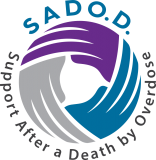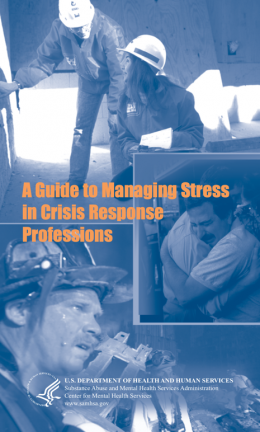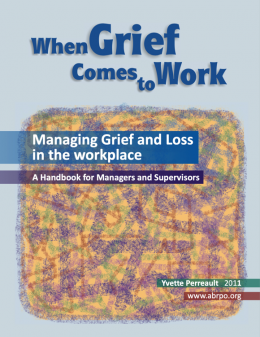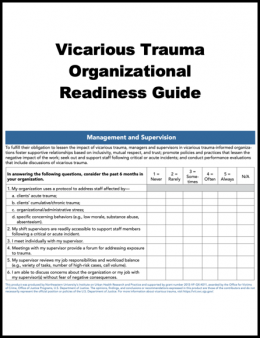Essentials
According to the Bureau of Substance Addiction Services publication Coping with Overdose Fatalities: Tools for Public Health Workers, the following actions merit consideration by organizational managers and leaders on behalf of service providers who might be affected by fatalities from the opioid-overdose epidemic.
- Support service providers using the same principles of trauma-informed care that are employed on behalf of clients.
- Clearly establish helping staff to cope with the aftermath of overdose fatalities as an organizational objective.
- Instill in organizational culture recognition of staff reactions to trauma and distress as normal; establish staff’s exposure to trauma and stress as a normal topic of discussion; and encourage colleague-to-colleague support for issues related to trauma and stress.
- Ensure that staff are assigned reasonable caseloads and workloads and that concerns about adequate client resources are addressed.
- Include instruction and practice focused on traumatic stress and self-care in all professional development activities.
- Provide relationally based, trauma-informed clinical supervision with sufficient regularity to meet staff needs.
- Engage staff meaningfully in organizational planning, development, and quality assurance for all client services.
- Acclimate frontline service providers to the nature of the epidemic and the reality that they may be exposed to deaths during their work—beginning during hiring practices and continuing through ongoing training and support.
- Recognize that public concern about the epidemic is marginal because overdose deaths are stigmatized and validate for staff the magnitude of the epidemic and the effects of stigma on them: buffer how stigma marginalizes and isolates them.
- Implement a protocol based on current best practices for rescuing someone who has overdosed, including a quality assurance process that involves staff in determining that they are doing all that reasonably can be done to respond effectively to life-or-death situations to which they are exposed.
- Assess your organization’s preparedness using tools such as the Trauma-Informed Organizational Self-Assessmentand Vicarious Trauma Organizational Readiness Guide.
Explore
American Counseling Association
National Institute for Occupational Safety and Health
Harvard Business Review



